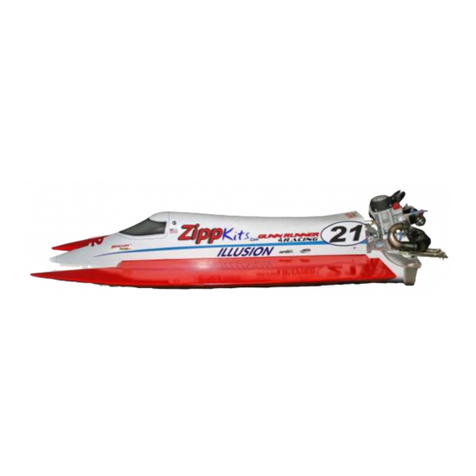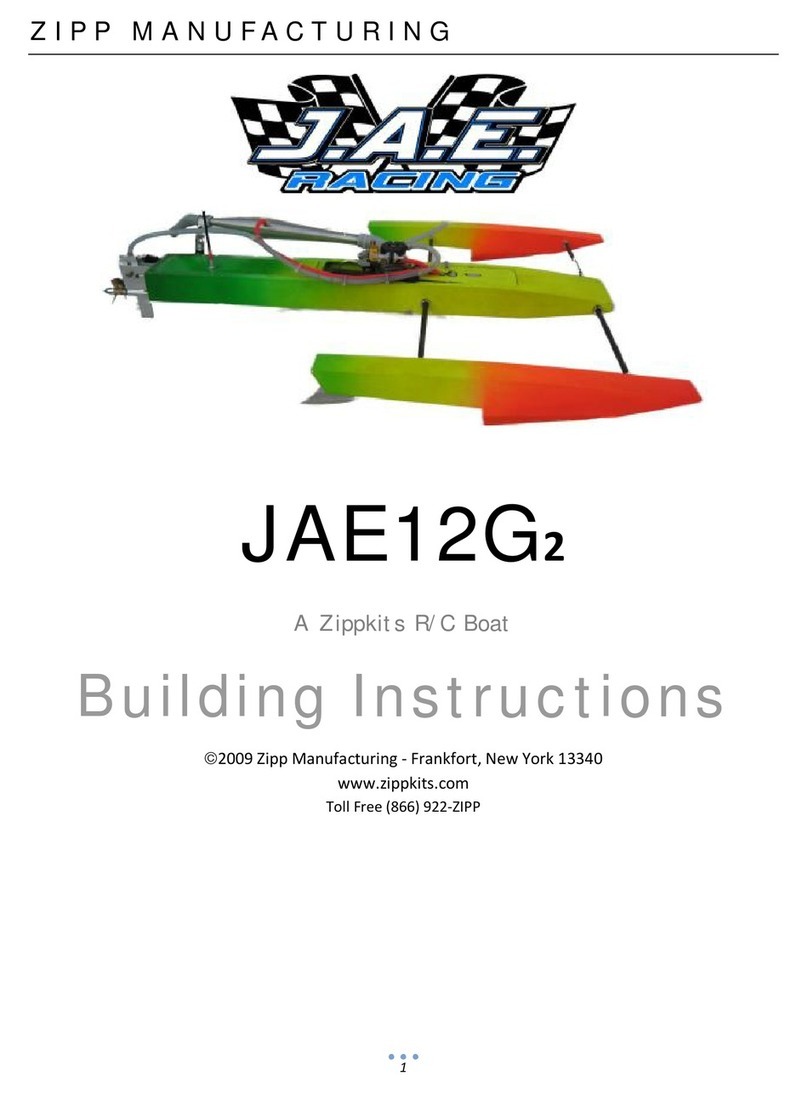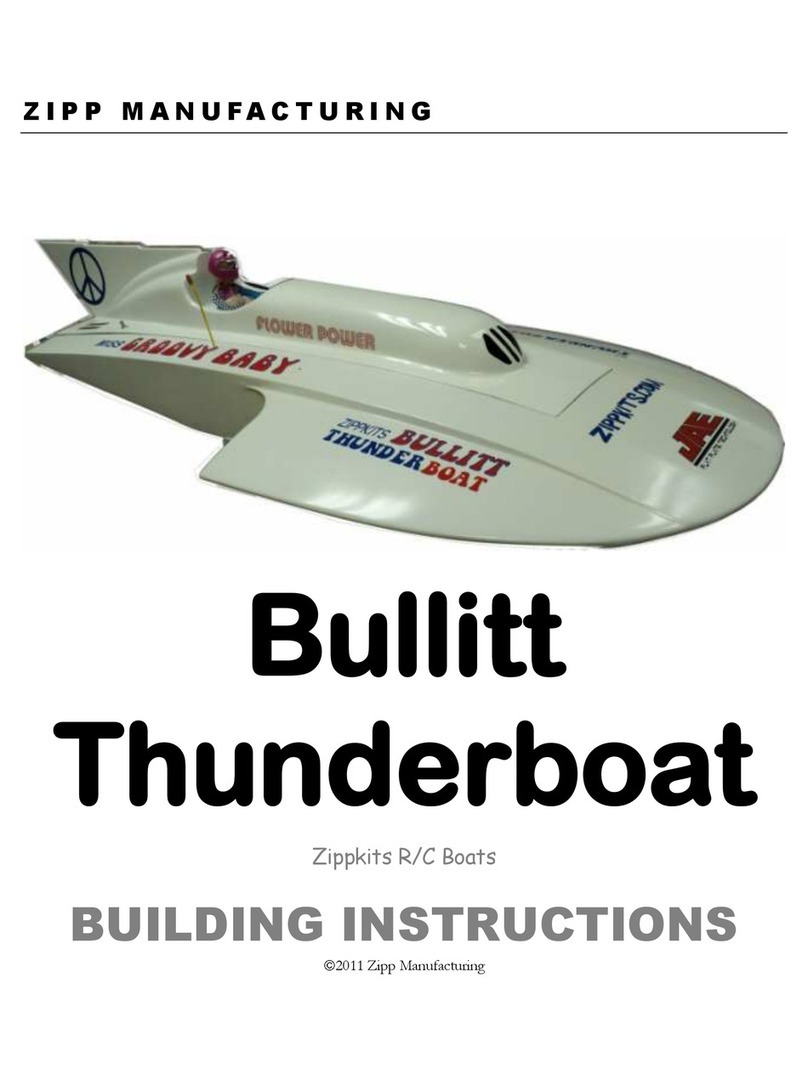
P R O V E E
Before we can start building, we need to do some prep work. Good prep work
will pay off later with a straight, true running boat.
First, we need a flat work surface. Nothing else will do.
If you don’t have a perfectly flat bench, you can make one with a piece of
12x48 plywood.
Simply screw a couple of 2x4’s lengthwise to the bottom. Make sure the 2x4’s
are straight!
You can then put this on a bench, and shim the corners to make it steady.
Or, if you are really pressed for space, you can set it on a couple of saw
horses.
The Build
We are ready to start the build!
Remember- The boat is being built upside down. Any reference to the top or
bottom refers to the boat’s top or bottom. If you are going to attach something
to the top, it would be closest to the bench. Right and left are always as you
are sitting in the boat, or from the rear.
Got it? If not, stand on your head as you build.
Please note that in some of the pictures, the boat shown may look different from
yours.
This is because we make a whole series of boats that are assembled in exactly the
same way. Where it is important, we show the correct hull in the pictures.
Also, some of the pictures may be out of sequence with what we are doing. This is
to clarify a point.
Take your time, read ahead in the manual and understand what you are going to
do before you do it.
If you need assistance, we are here to help.































